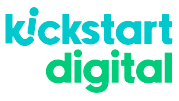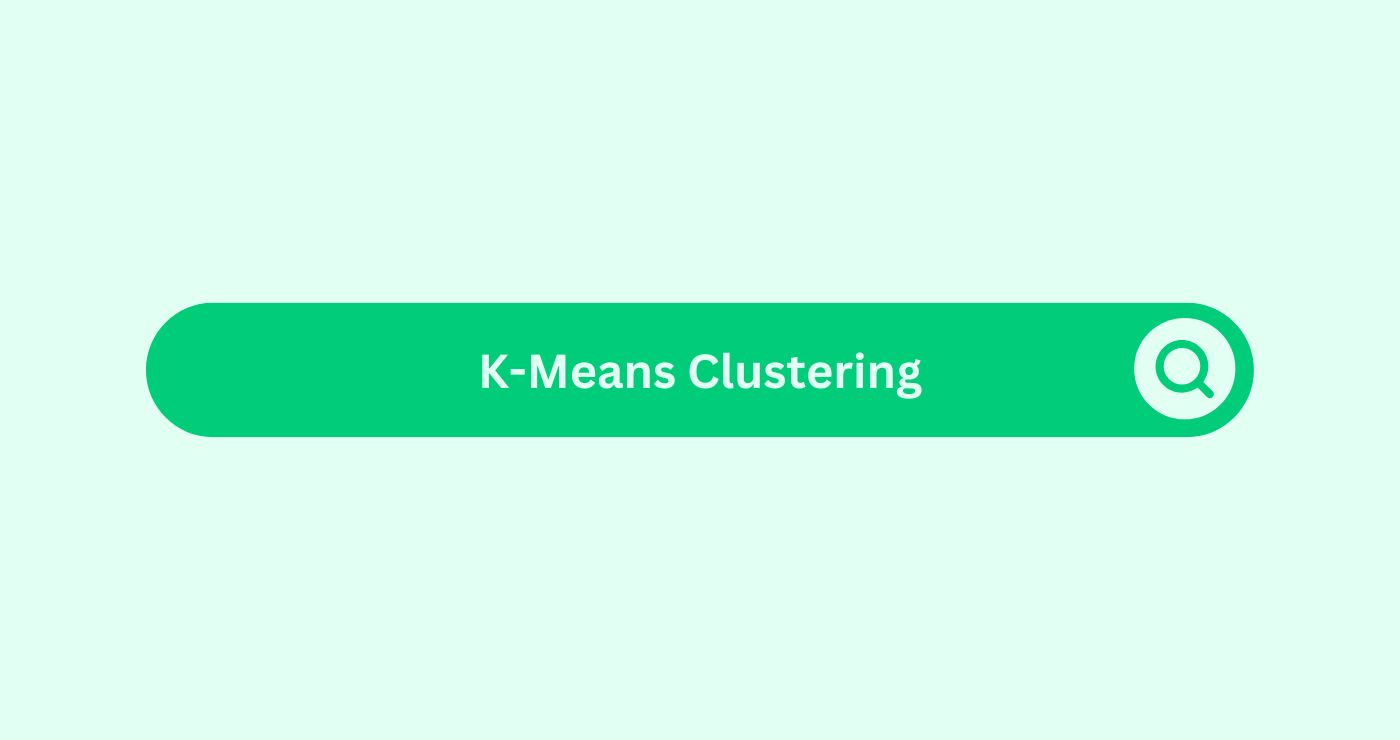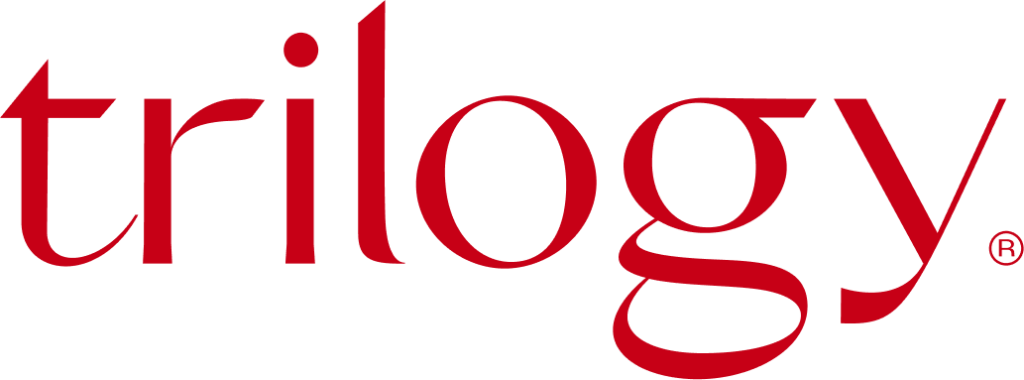Definition
K-means clusteringDefinition Clustering is an AI technique used to group simil... stands out as a go-to algorithmDefinition The SEO algorithm includes rules and calculations... for sorting datasets into clear, separate groups based on shared traits. In AI-driven content marketingDefinition Content marketing strategically creates and share..., this tool sorts users, topics, keywordsDefinition Keywords are crucial for SEO success as they conn..., and even engagementDefinition Engagement in content marketing refers to the deg... patterns by similarity. The result? Sharper targeting, more personalised content, and better campaignDefinition An SEO campaign involves focused, Organised effor... results.
Take an SEO firm, for instance. K-means clusteringDefinition Clustering is an AI technique used to group simil... lines up long-tail keywordsDefinition Long-tail keywords are extremely targeted and par... by search intent, which helps writers build strong pillar pages and topic clusters that push rankings higher. Over at a digital marketing agency in Auckland, clusteringDefinition Clustering is an AI technique used to group simil... slices up audienceDefinition The term "Audience" refers to the group of indivi... data—like page views, time on site, or click paths—so teams can serve up content that fits each visitor’s interests. Performance marketing teams dig into their ad creatives and email lists, grouping them by how they perform, making A/B testingDefinition A/B Testing, or split testing, compares webpage v... and campaignDefinition An SEO campaign involves focused, Organised effor... tweaks a lot more precise.
K-means clusteringDefinition Clustering is an AI technique used to group simil... scales up easily and unlocks deep insights from massive datasets. It puts fresh, data-driven marketing strategies right where they need to be, ready to move with shifting consumer behaviour.
Example
Imagine a performance marketing agency analysing blog visitors for a retail client. Using K-means clusteringDefinition Clustering is an AI technique used to group simil..., the agency identifies three groups:
- Group A: Mobile users who engage with product pages
- Group B: Desktop users browsing articles with high scroll depthDefinition Scroll depth, in the context of SEO, measures how...
- Group C: Returning users who revisit offers
Based on these clusters, the team delivers tailored content—flash sales for Group A, expert articles for Group B, and loyalty rewards for Group C. Instead of serving uniform messaging, the AI ensures relevanceDefinition In SEO, relevance refers to the degree to which a... and boosts engagementDefinition Engagement in content marketing refers to the deg... per segment.
Understanding with Simple Calculations
Here’s how K-means clusteringDefinition Clustering is an AI technique used to group simil... improves segmentation and accuracy:
| Step | Description | Example |
|---|---|---|
| Select Number of Clusters | Choose K (e.g., 3) groups to split the data into | K = 3 for behaviour segmentation |
| Initialise Centroids | Pick 3 initial random data points | Users A, B, C as cluster centres |
| Assign to Clusters | Calculate distanceDefinition Distance in SEO determines proximity, affecting l... between users and centroids | Grouped by behaviour similarity |
| Recalculate Centroids | Find new average for each group | Updated group behaviours A’, B’, C’ |
| Repeat Until Stable | Reassign until no change in grouping | Finalised clusters for targeting |
These steps generate focused clusters for content or user segmentation.
Key Takeaways
- K-means clusteringDefinition Clustering is an AI technique used to group simil... identifies hidden user or keyword patterns across massive datasets.
- SEO companies use clusteringDefinition Clustering is an AI technique used to group simil... to group long-tail keywordsDefinition Long-tail keywords are extremely targeted and par... and create semantic content.
- It personalises content delivery by grouping audiences based on actions, not assumptions.
- Performance marketing agencies enhance ROI by segmenting creatives with AI precision.
- Digital marketing agency Auckland teams gain insight into which content formatsDefinition In the SEO space, "formats" refer to the various ... drive engagementDefinition Engagement in content marketing refers to the deg....
FAQs
What does K mean in K-means clustering?
“K” stands for the number of clusters you want to form based on data similarity.
How is K-means used in content strategy?
It groups users or keywordsDefinition Keywords are crucial for SEO success as they conn... for targeting, enabling smart content personalisationDefinition Content Personalisation is a strategic approach t....
Can small businesses benefit from K-means clustering?
Yes, even limited datasets can yield actionable clusters for niche targeting.
Is this method scalable for SEO companies?
Absolutely—K-means handles thousands of keywordsDefinition Keywords are crucial for SEO success as they conn... or sessions efficiently.
What tools support K-means clustering for marketing?
Python (Scikit-learn), Google Colab, Tableau, and even Excel (with pluginsDefinition SEO plugins enhance CMS or web browsers with feat...) can be used.




